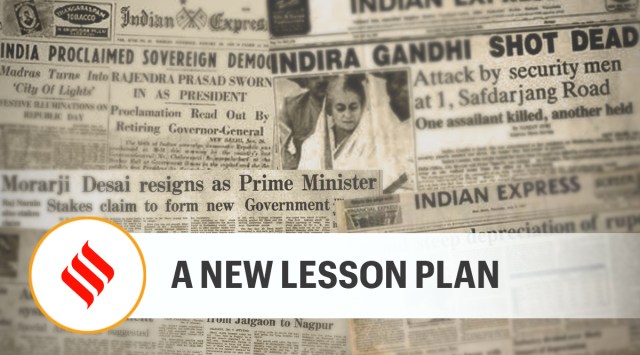
Two years into the Covid-19 pandemic, a recovery that also needs critical attention is in the classroom. India has seen one of the longest school closures in the world. The pivot to digital learning has locked vast numbers of underprivileged schoolchildren out of the classroom; and online classes have struggled to replace the experience and quality of teaching in a physical classroom. This is adding up to a grave learning crisis. A study carried out in January 2021 in five states by a research group from Azim Premji University found not only clear evidence of learning loss, but an alarming regression in children’s foundational abilities — to read, to understand what they are reading or do simple sums. A report in this newspaper has pointed to more evidence — over a third of Class X students in Gujarat needed grace marks to be promoted to the next class. Worryingly, this suggests that the deficit is not restricted to primary school, but is also showing up in higher classes. A field assessment carried out by Pratham-ASER in Karnataka in March 2021 had revealed, for instance, that only 66.4 per cent of Class VIII students could read a Class III textbook, compared to 70 per cent three years ago. If not arrested, the slide in learning, at this scale, has grim consequences for the young, and is likely to push them out of education entirely and stunt their future income opportunities significantly.
All of this leads to an irrefutable conclusion — after the third wave abates, schools and education departments, across the states, cannot slip back to business as usual. This crisis demands a radical reorientation of priorities and pedagogies from all stakeholders. The first step is to acknowledge that students are re-entering the classroom with diminished skills. And so, the syllabus must be set aside. The task for the school and the teachers must be reset and underlined: To help children recoup their losses, to make sure that their learning journeys are only interrupted, not derailed. Short and intense bridge courses, a few months long, might not cut it. Much of this year, if needed the next 10-odd months, must be devoted to this goal. The teacher must be given the freedom to teach students at different levels — within the same classroom. But that is possible only when governments provide the support — whether it is in terms of an education bureaucracy that does not insist on short-term syllabus goals, or a clearly stated policy that prioritises this recovery. It is possible only when the power to make academic decisions is decentralised to schools and teachers. “Remedial” learning often comes with added stigma for underperforming students. Care must be taken — at all times — that their confidence is not broken in this process.
Finally, governments must prioritise keeping schools open, with closure as the last option only in cases of an immense spike in infections. Learning — with and without Covid — is an urgent imperative.
This editorial first appeared in the print edition on January 21, 2022 under the title ‘A new lesson plan’.